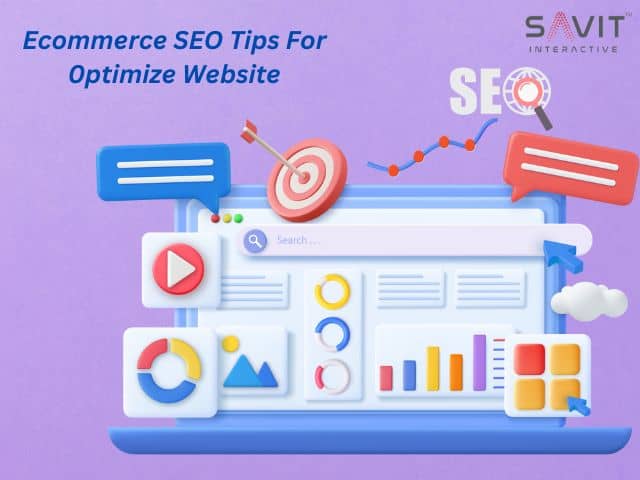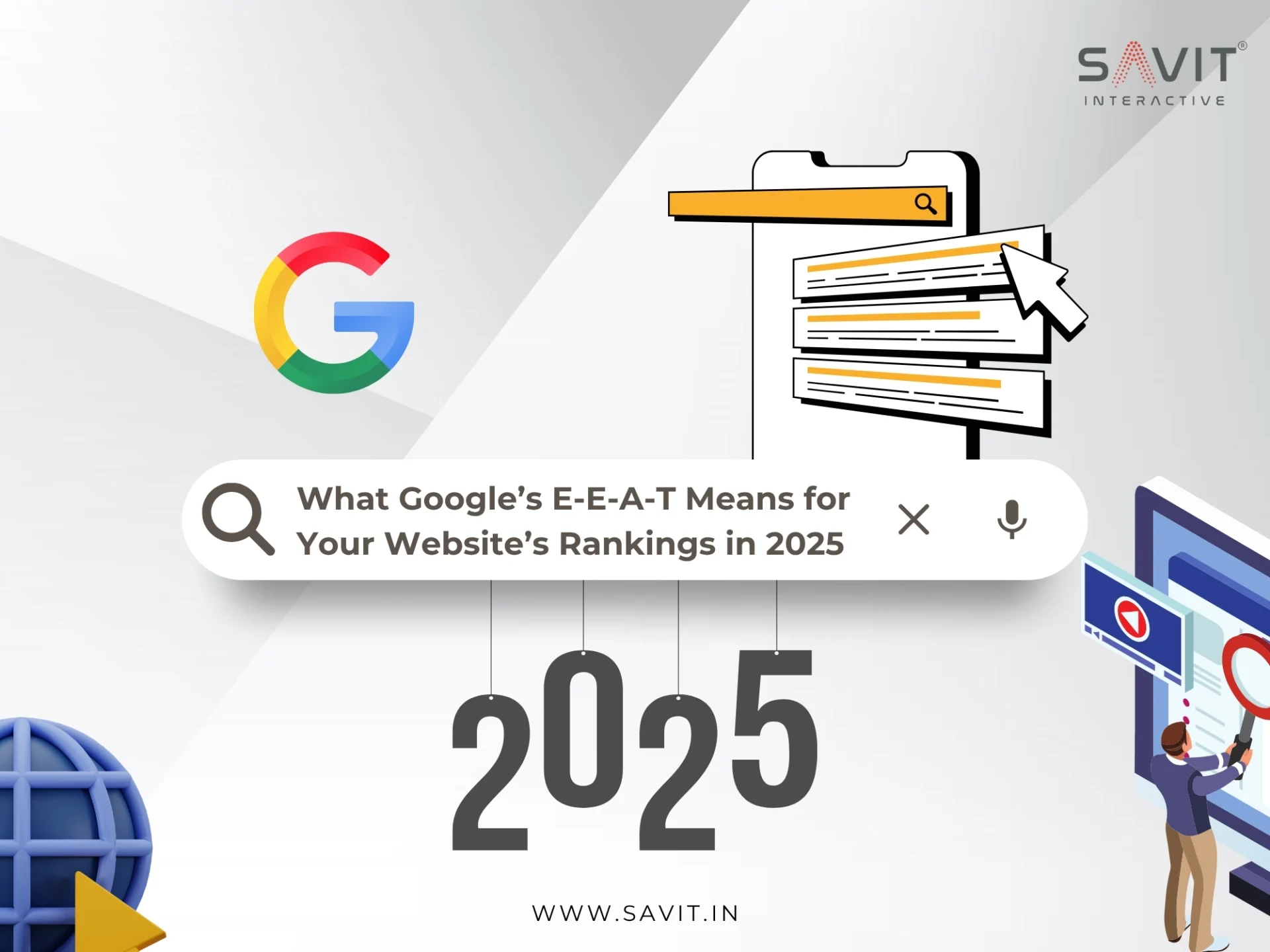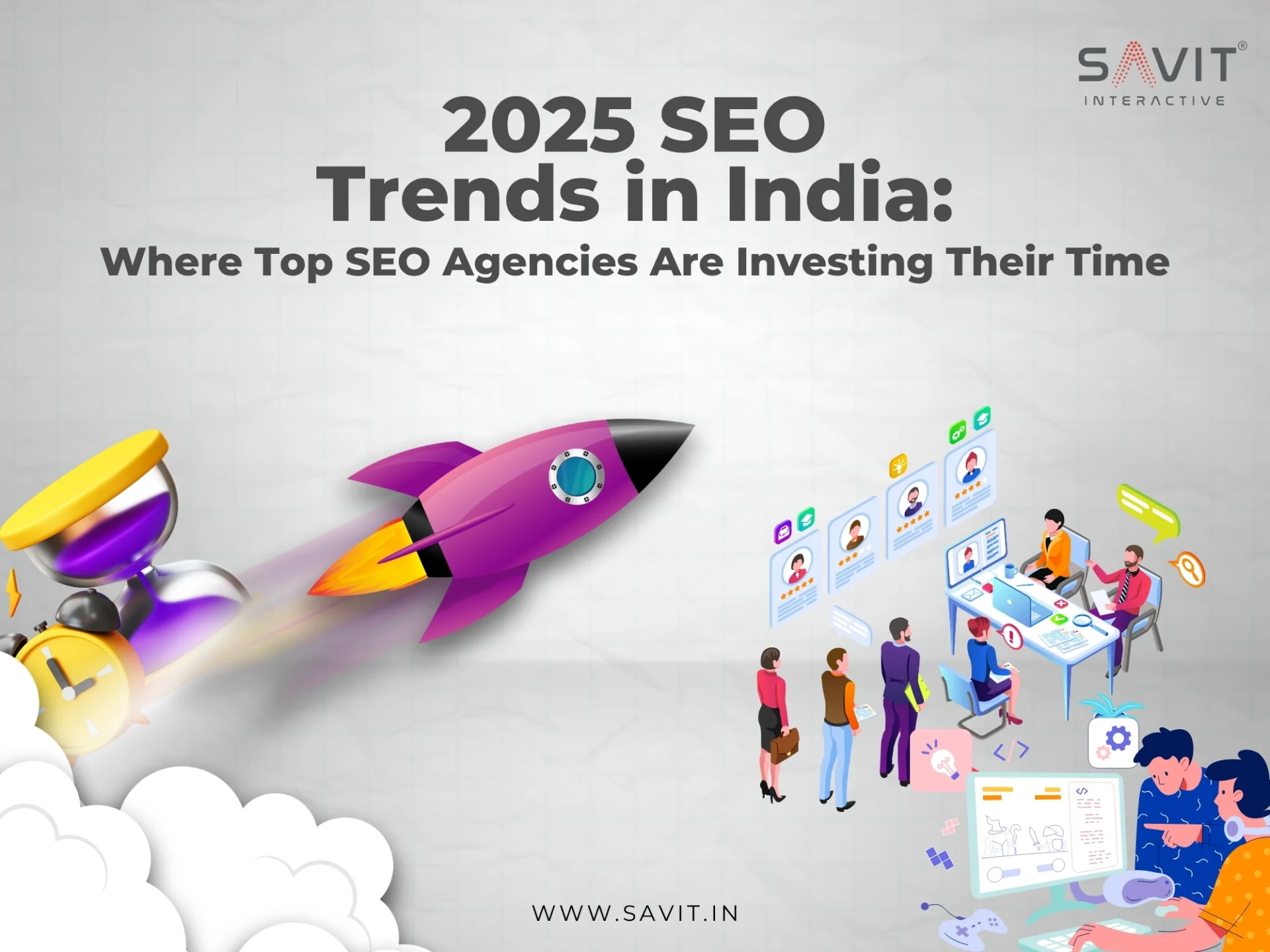There are many strategies for website optimization that will surely help you in boosting website’s traffic and conversion rates. The user experience is given more priority while optimizing your website, which is different from search engine optimization (technical SEO).
We have listed a few techniques below that will help you improve your user experience, website performance, technical seo, accessibility, and mobile compatibility. But first, you need to know how to optimize your website.
Website Optimization: What is it?
The process of improving a website’s ability to drive business goals is known to optimize the website. It also includes user experience, search performance, traffic, technical seo, and conversion rates which are all enhanced through website optimization.
Utilizing website optimization techniques will assist you in identifying what is already effective and what requires improvement.
Long term costs of website maintenance are also reduced by a website that is properly optimized. The main goal of optimizing a website is to draw in more users and potential clients. It also helps in providing your target audience with a positive experience and encourages more conversions and customer retention.
There are two things for you to keep in mind when you are looking to optimize your website. First and foremost is User satisfaction. Make sure your website is more accessible and mobile-friendly to help your users navigate through your website content effortlessly.
Secondly, focus on growth and expansion. To reach a larger audience and strengthen your branding image, you need to start by increasing your website’s ranking on search engine result pages by implementing technical seo.
Utilize UI/UX Web Design Techniques
Your website’s conversion rate will increase if the user interface (UI) and user experience (U) are optimized during design. A better user experience actually makes 83% of consumers willing to spend more money.
User experience design (UI/UX) techniques improve the usability, accessibility, and functionality of a website. For instance, some apps might offer a simple sales funnel by offering suggestions for food destinations and various cuisine options.
Implementing UI/UX strategies is essential when you are planning your business objectives. Your website’s design should help the users in their journey to be consistent with your website’s purpose. For instance, an e-commerce store’s layout should be simple to use for your users in order to make a purchase.
You can always hunt for design ideas from other websites if you are unclear of where to begin with your website design optimization.
Some suggestions for enhancing the overall customer experience on your website:
- Improve menus by adding a simple menu option to the top and a main menu to the bottom to make it easier for users to access your main pages. To further personalize them, use optimization tools such as menu plugins.
- You can also include call-to-action (CTA) buttons. Users can have the freedom to use CTA buttons to learn more or to make purchases. Your website’s CTA positioning must be obvious, and its visual style must complement the layout of the entire page.
- Increase the conversion rate of website users into paying clients by adding distinct steps to the sales funnel. You could, for instance, include an informative guide or solution outlines for your users through different transitions of your optimized website page.
Upgrading on-page technical SEO
On-page technical seo is the process of making web pages more search engine friendly. It can be made better to signal to search engines that your website provides answers to your user’s questions.
On-page technical seo is a component of search engine optimization that raises the visibility of your website in search engine results.
Here is an example of how technical seo works if you search for “how to bake cookies,” along with connections to several websites included in the Google SERPs. Google looks for websites that offer the best results for this query.
Improve your content marketing
To optimize a website, there is a technique that helps drive users to a site which is content marketing. Planning, producing, and assigning information that offers value to your users regarding products, services, and industries are all part of the process.
Brand awareness, engagement, loyalty, and authority are all enhanced by using this website optimization method.
More than an average number of marketers claim that content marketing increases the demand and supply process.
You need to produce up-to-date content for your users by hosting them, coding them, and constantly educating yourself about general market trends.
A few well-known content marketing strategies are:
- Social Media are the perfect source when you want to attract users to your website. Posts on social media can entice more people to visit your website from a variety of social media channels. Use social media plugins to connect your website with services like Instagram, Facebook, Pinterest, and Twitter to expand your audience size more quickly.
- Create your customized web pages along with landing page. To develop a landing page that converts, be sure to add an attractive call to action (CTA’s) and a clear value proposition that will help the users better understand your services.
- Another best way would be writing blogs. You can educate your users about the current trends that are relevant to your company’s products and services. You can also use relevant keywords in your blog posts to draw in more readers. When starting a blog, keep in mind to post frequently.
Accelerate your site
Because Google uses page speed as one of its primary ranking factors, it has a significant impact on how you appear in search results. The majority of users expect the regular website to load in under two seconds. That is the reason why your site speed matters.
Running a website speed test is equally vital to understand why page speed is important. A well-known tool can be used for performance and to optimize websites. There are tools that will provide you will insightful data on how quickly your website loads.
To evaluate the performance of your website, the following are some suggestions for speeding it up:
- Remove extra characters from your website’s code to make it more efficient, such as spaces between lines.
- By creating stable content across all of its data servers, a web hosting plan that includes a CDN option can enhance website speed.
- Use browser caching to your advantage. Plugins and programs are available to assist browsers in caching files downloaded from your server. Websites with a lot of static pages benefit from these steps-in terms of page performance.
Give mobile-friendliness a top priority
Currently, more than an average number of all global website traffic comes from mobile devices. A website that is responsive on any device screen is mobile-friendly. Mobile optimization not only enables you to reach a larger audience, but it also works well with Google’s mobile-first indexing.
Check your website’s mobile friendliness first using Google’s Mobile-Friendly Test.
Make sure your website is accessible
Website accessibility makes online information accessible to all users and aids in the quicker discovery of your web pages by search engine bots. Your website will receive more users if you follow the standards for web content accessibility.
Conversion rates are increased by using this website optimization method. From its use of titles and headings to its use of color contrast, the website Scope is a great illustration of one that values accessibility. Every three months, this website conducts an accessibility test.
To make your website more accessible, follow the best practices:
- Use alternative text to make your photographs more visible in search engine results and more accessible.
- Add captions to your audio or video content to make it easier for website visitors to understand anything without having to listen to it.
- Follow a contrast ratio of at least 4:5:1 when using color contrast. It will be easier to read and more accessible to colorblind individuals.
- To describe the content of each page, add page headings and titles.
- Avoid using random letters and numbers when renaming media files.
Focus on link-building
Creating links on your website and other websites is the process of doing this. Due to the fact that Google views other websites that have shared your content as an authority, it is one of the most significant ranking factors.
In actuality, the pages that rank first in Google typically have more than three times of backlinks than those that rank second through tenth. A free technical SEO tool called Ahrefs Backlink Checker allows you to examine the status of your backlinks.
Some strategies for assisting link formation include:
- Collaboration with other websites to link content to your website is known as an affiliate partnership.
- Create external links and ask those websites to link back to you after you’ve linked to their material.
- Connect with people in your field and reach out to communities to ask them to reference your post in their writing.
Connect with Savit Interactive, an industry-leading Digital Marketing Agency, to get all technical SEO related services and queries sorted by a team of proficient professionals.



